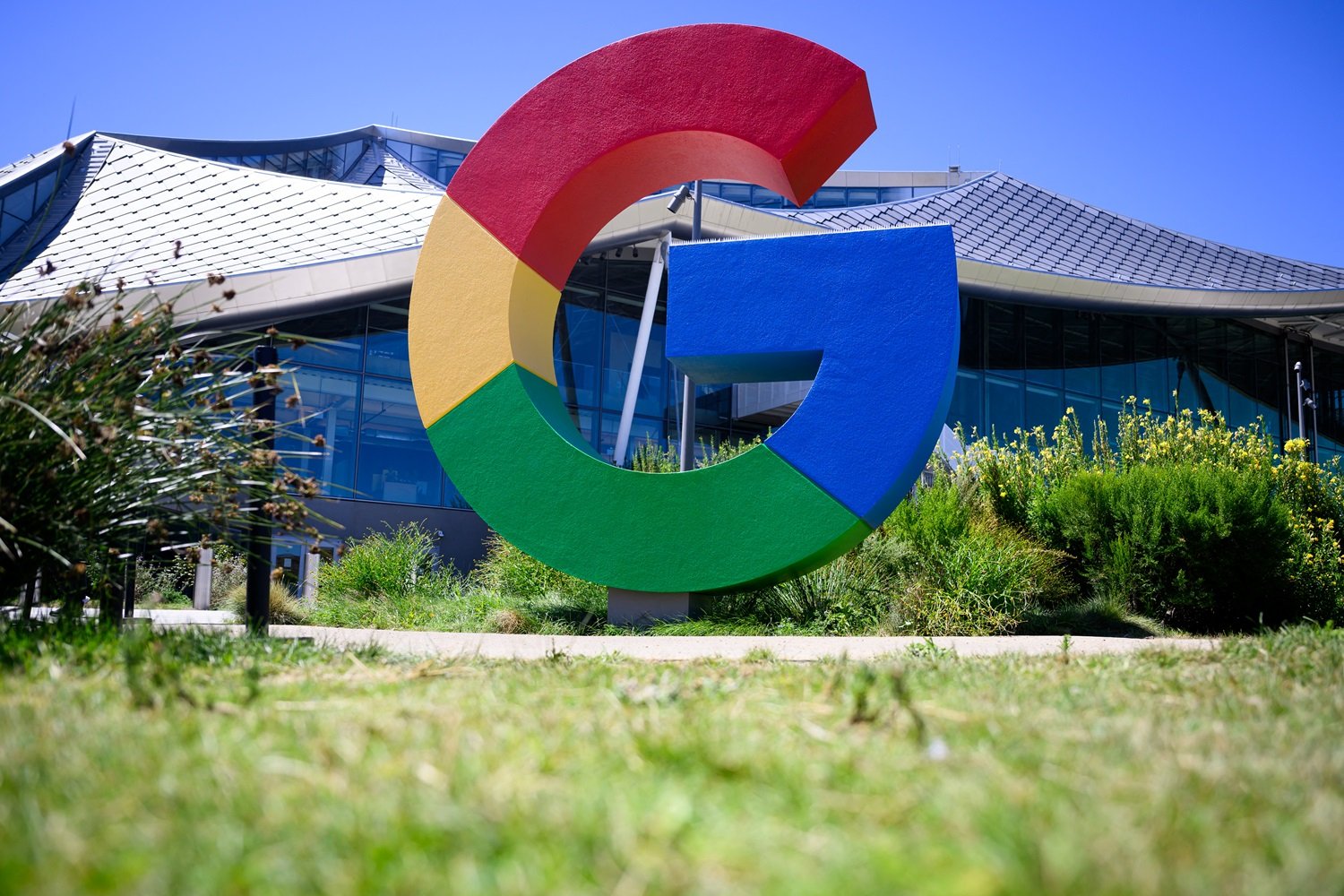
Google’s Taara Project: A Leap Towards Light-Based Internet Access
For decades, the internet’s infrastructure has been largely dependent on a network of underground cables, a costly and complex system that presents significant logistical challenges, especially when expanding access to remote or underserved areas. Google, through its "moonshot factory" X, is challenging this status quo with its Taara project, a groundbreaking initiative aimed at delivering high-speed internet access through beams of light. This innovative approach promises to revolutionize internet connectivity, potentially rendering traditional cable-based infrastructure obsolete.
The Taara project’s latest breakthrough is a next-generation chip that the team believes can transform light-based, high-speed internet from a theoretical concept into a practical reality. This "silicon photonic chip" is the core of the Taara system, capable of steering, tracking, and correcting light beams used to transmit data through the air, all without the need for physical cables. The chip’s compact size, roughly the size of a fingernail, is a remarkable improvement over previous generations, which were as large as traffic lights.
The fundamental principle behind Taara is similar to that of fiber optic cables, which also use light to carry data. However, while traditional fiber optic systems rely on cables buried underground, Taara transmits data directly through an invisible beam of light, eliminating the significant costs associated with cable installation and maintenance. Google claims that Taara can achieve data transfer speeds as high as 20 Gbps over distances of up to 12 miles.
While Google isn’t the first to explore the potential of light-based data transmission, its approach distinguishes itself from other technologies like Li-Fi and satellite-based laser communication systems. Li-Fi, which has gained traction in recent years and has been recognized by IEEE with established standards, uses light to transmit data over short distances, typically within a confined space. Starlink, on the other hand, uses lasers to deliver data from its low-orbit satellites to base stations on the ground.
Taara, however, focuses on terrestrial data transmission, beaming data across the earth’s surface. The system relies on a network of "light bridges" that must maintain a clear line of sight to transmit data effectively. The Taara team has been actively working on mitigating potential disruptions to this line of sight, such as birds, rain, and fog.
Mahesh Krishnaswamy, the project lead, expressed confidence in Taara’s potential to significantly outperform existing technologies, stating that it could offer "10, if not 100 times more bandwidth to an end user than a typical Starlink antenna, and do it for a fraction of the cost." While this claim is based on Taara’s future potential and not its current capabilities at scale, it highlights the project’s ambitious goals and its potential to disrupt the internet service provider landscape.
Taara is not merely a theoretical concept; it is already being implemented and commercially operated in 12 countries. The technology was also deployed at Coachella to enhance phone networks, demonstrating its adaptability and potential to augment existing infrastructure.
Experts suggest that light-based technology like Taara could be crucial for future iterations of the internet, particularly as radio frequency bands become increasingly congested. The limited availability of bandwidth in these bands poses a significant challenge to meeting the growing demand for data transmission. Light-based systems, with their ability to transmit vast amounts of data over long distances, offer a promising solution to this challenge.
The Taara project represents a bold vision for the future of internet access, one where high-speed connectivity is not limited by the constraints of physical infrastructure. By harnessing the power of light, Google aims to democratize access to information and opportunity, bringing the benefits of the digital age to communities that have been historically underserved.
Taara’s advantages extend beyond mere technological innovation. The reduced cost of deployment and maintenance compared to traditional cable-based systems makes it a viable solution for expanding internet access in developing countries and remote regions where laying underground cables is impractical or prohibitively expensive. Furthermore, the increased bandwidth capacity offered by Taara can unlock new possibilities for bandwidth-intensive applications, such as high-definition video streaming, virtual reality, and remote healthcare.
While challenges remain in ensuring the reliability and scalability of Taara, the project’s progress to date is undeniable. With continued innovation and refinement, light-based internet access has the potential to transform the way we connect to the world, ushering in an era of seamless and ubiquitous connectivity for all.
The development of the silicon photonic chip is also important. Traditional photonic systems are expensive, fragile, and difficult to scale. The silicon photonic chip is cheaper to produce and manufacture than traditional systems because it uses many of the same manufacturing methods used in the computer chip industry.
Google’s Taara project is not just about faster internet speeds, it is about bridging the digital divide and empowering individuals and communities with the tools they need to thrive in the 21st century. As radio frequency bands start to run out of bandwith, light may become a very important solution to the growing need for speed.
